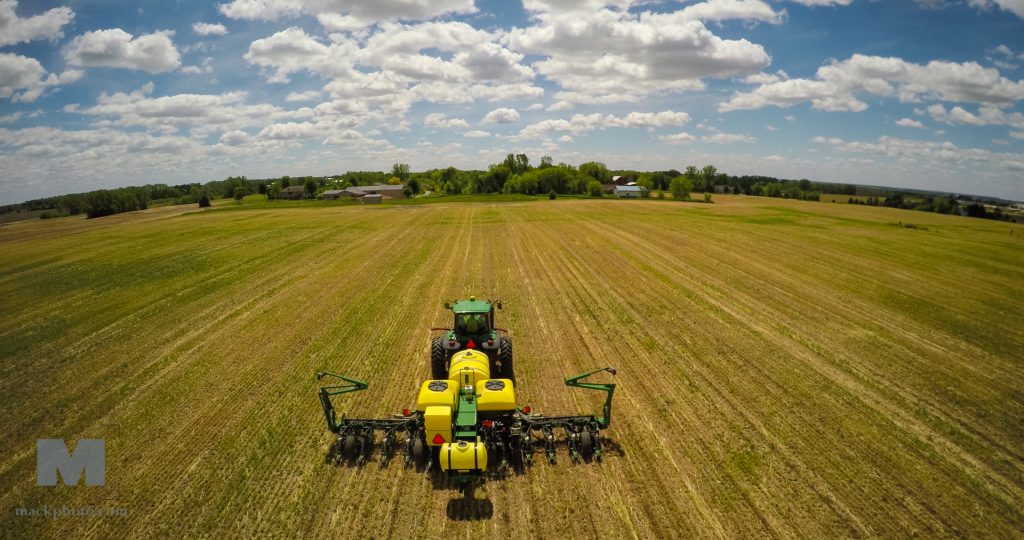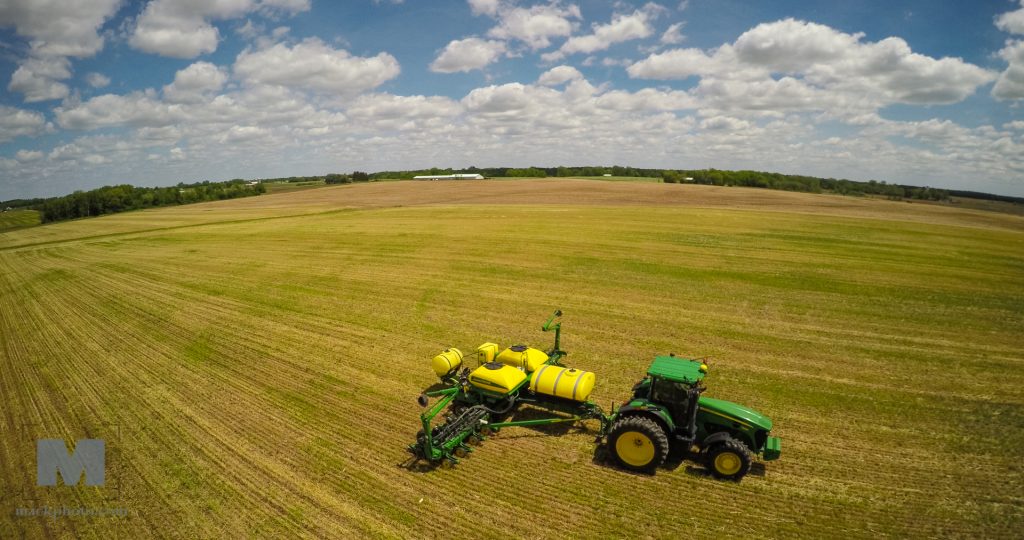I’ve been shooting time-lapse for awhile now and am always amazed at how cool it can be when you see the final results. Working on The Sweetwater Seas – A Documentary About the Great Lakes, I have done a fair amount of time-lapse with moving clouds, stars and the water. The other day here in Evanston it was cloudy and very windy until about an hour before sunset when the clouds started breaking apart and moving out over Lake Michigan. I ran down to Lighthouse Beach to try a time-lapse but this time using a 1 second exposure to make the waves smoother and the clouds wispy as they moved across the sky. It was a nice result which I shall use more in the future – maybe even with longer exposures of 5-10 seconds. As those who shoot either still images or time-lapse, which after-all is just a collection of still images shot at a timed interval, shooting at sunrise / sunset can be a difficult exposure challenge as the light changes. There are cable releases now that you can tie into your cellphone, tablet or laptop which can allow you to ramp the exposures along the way but I didn’t use that this time as it is new to me. I did adjust the exposures over time by 1/3 of a stop and then in Lightroom adjusted the images even more to even out the exposures even more.
The tech specs. The camera is the Canon 5D Mark IV with the 16-24 F2.8 lens. The exposures ranged from 1 second at F19 to f11. There are 538 images. Each shot was 3 seconds apart so with a 1 second exposure there is 2 seconds between shots. It took 27 minutes to shot this 20 second time-lapse which is at 24 frames er second.
One more thing about shooting a time-lapse is the perspective it gives you. Once you have set everything up and started the camera shooting it becomes your time. Instead of constantly looking for the next image you can just sit there and quietly reflect on what nature is putting in front of you. A peaceful time for me when sitting by the Great Lakes. This was no different. I also had the place almost to myself as only a few folks came down walking there dogs or at the halfway point of a run they were doing. All stopped and gazed at the sunset as well before returning to whence they had come from. People enjoy the Great Lakes – a precious resource for us all.








